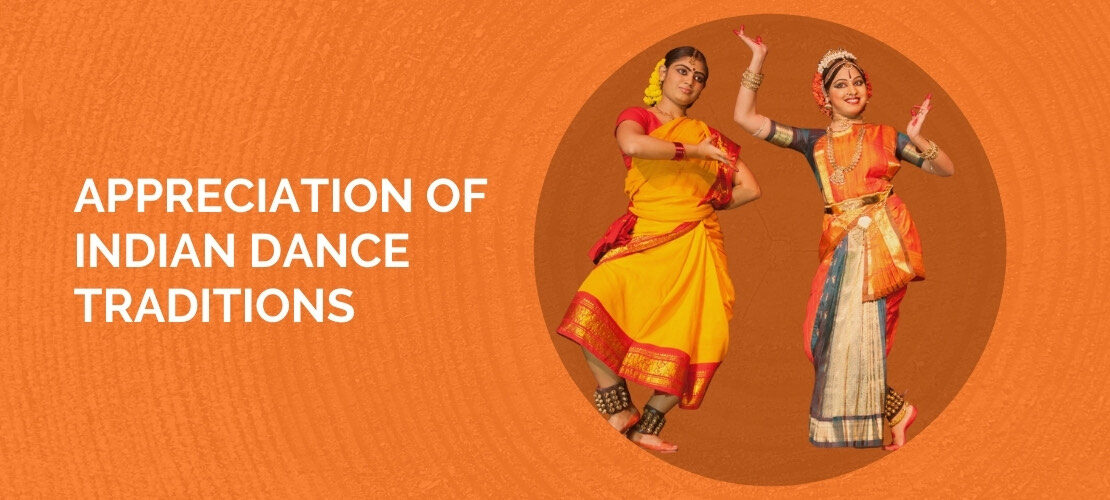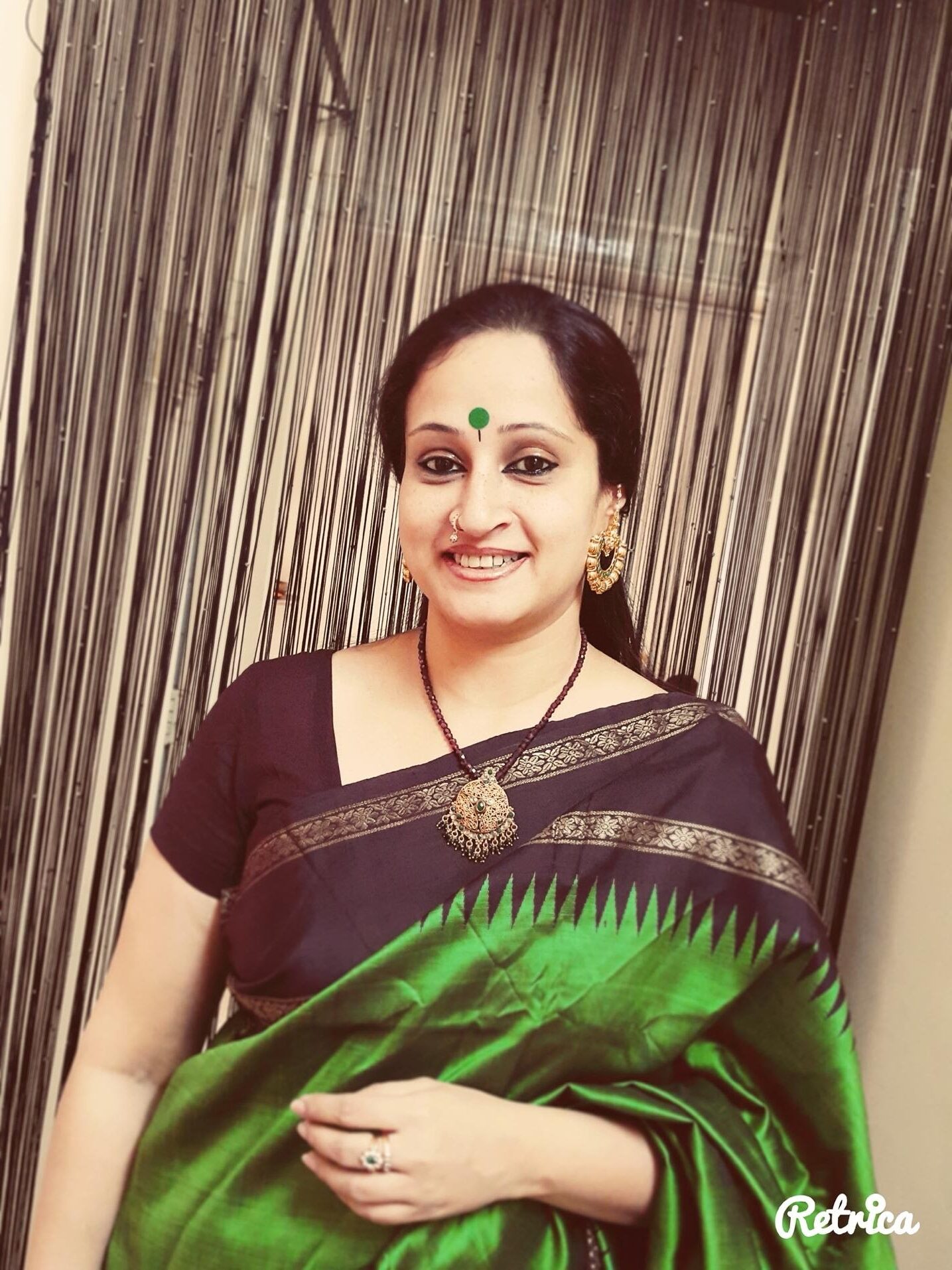
Appreciation Of Indian Dance Traditions
The Indian sub-continent has a vast and varied corpus of dancing traditions, birthed, in the context of the temples, courts and popular presentations in temple courtyards or streets. Some of these traditions took their genesis as female centric solo traditions called the ‘Nattuva Melam’ and some, as male centric, theatrical traditions called the ‘Natya Melam’.
The modern construct of Classical Dance form owes its content and repertoire to the above mentioned contexts, in which the dance traditions of India flourished.
This Indica Course will trace this journey in an interesting and comprehensible manner.
Faculty
Introduction
This Indica Course is a means of discovering and exploring few enriching aspects of the glorious dancing traditions of India. The learning will unfold using five basic premises, easily understandable to not only students of dance, but to connoisseurs, art lovers and anyone Interested In learning about the evolution and development of these dancing traditions.
The five premises used will be
- The body
- Action or activity
- Space (Physical and Mental)
- Time
- Intent
Expected Outcomes
This Indica Course will
- Provide a comprehensive historical basis to know about the evolution of different dance forms
- Inculcate an understanding of the mind/body dynamic and it’s function in Indian knowledge systems
- Instill a clear awareness regarding some technical terms, usages and ideas often encountered while viewing a traditional dance performance
- Create an appreciation of literary genres and formats, often applied or explored in dance
- Explore images, motifs, analogies, simile, metaphor, paradox, and allegory used in the expressive aspect of dance. In order to fully comprehend the primary focus of Indian dance, ‘Sattvikabhinaya’, or ‘expression born of pure emotional experience’
- Clarify the intent of Indian dance traditions, which is creation of ‘Rasa’, or aesthetic pleasure and the higher purpose, which is, establishment of auspiciousness through meta-narratives of piety or ‘Dharma Charcha’
Syllabus
- Purvarangam – Introduction to the basic concept of ‘Total Theatre’, as envisaged In ancient times
- Stree Sampradayam – The female centric traditions
- Purusha Sampradayam – The male centric traditions
- Major Classical Dance Traditions of India – a generic history and development
- Angikam – The body and movement dynamics in different dance forms – commonalities and differences
- Vachikam – The word and how it should be comprehended and interpreted in Dance/Dance Theatre
- Aharyam – The usage of costumes, make up, props and properties in different dance traditions – significance and special features
- Sattvikam – Recognising and understanding emotional components, genres, and expressive elements in varied dance traditions
- Sahityam – A broad overview of the different literary formats, like prose, poetry, song – as applied to different dance systems
- Alankaram – Appreciating the nuances of emoting to images, motifs, simile, metaphor, paradox, analogy, and allegory; how to recognize and understand them
- Talam – An overview of rhythm application in dance, how to recognize metres, different melodic and rhythmic structures most commonly heard
- Vyaktitvam – Prominent Gurus, performers and visionaries in the field of Indian Dance
- Siddhi – Understanding some basic concepts of the Rasa Theory [Rasa Siddhanta], creation of Rasa [Rasa Nishpatti] and the primary goal of a performance
- Paramartha – The import,purpose and intent, of our traditions of dance

